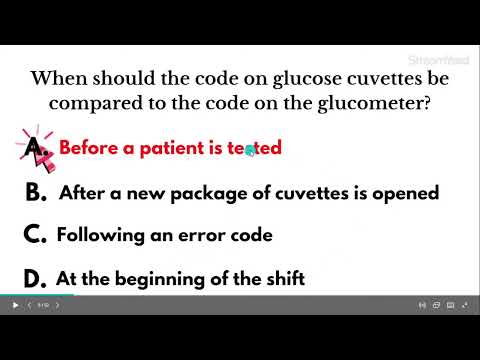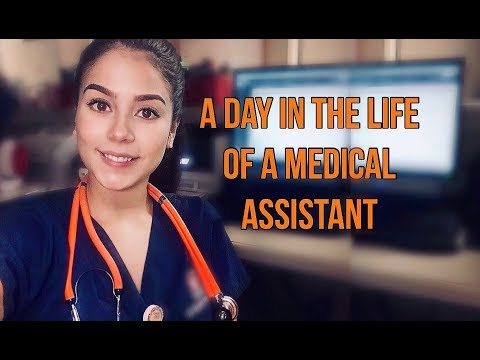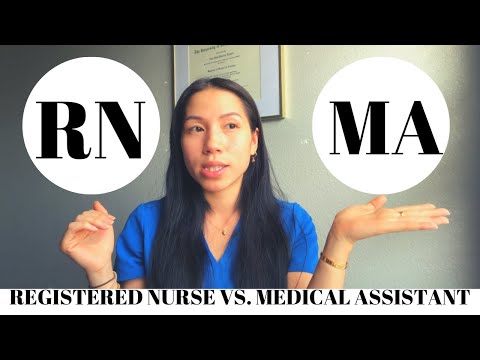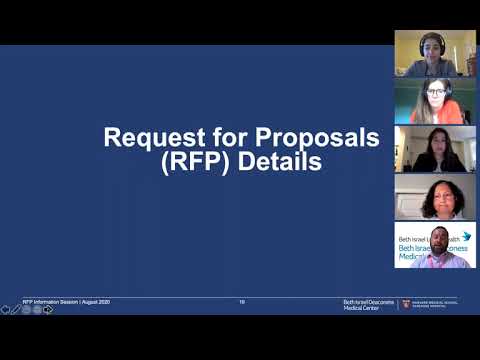Medical Assistance in Pennsylvania: Income Eligibility Guidelines
Contents
- What is medical assistance in Pennsylvania?
- Who is eligible for medical assistance in Pennsylvania?
- What income guidelines must be met in order to be eligible for medical assistance in Pennsylvania?
- How can I apply for medical assistance in Pennsylvania?
- What are the benefits of medical assistance in Pennsylvania?
- What are the different types of medical assistance in Pennsylvania?
- What are the income limits for each type of medical assistance in Pennsylvania?
- How do I renew my medical assistance in Pennsylvania?
- What are the copayments for medical assistance in Pennsylvania?
- What are the changes to medical assistance in Pennsylvania for 2020?
If you are a Pennsylvania resident and are seeking medical assistance, you may be wondering if you meet the income eligibility guidelines. This blog post will provide you with the information you need to know.
Checkout this video:
What is medical assistance in Pennsylvania?
Medical assistance in Pennsylvania is a state-sponsored health insurance program that helps low-income residents pay for medical care. If you are eligible for medical assistance, you will be able to get help paying for doctor’s visits, prescription medications, hospitalizations, and other medical expenses.
To be eligible for medical assistance in Pennsylvania, you must meet certain income guidelines. Your household income must be at or below 133% of the federal poverty level. For a family of four, this would be an annual income of $32,253 or less. If you are not sure if you meet the income guidelines, you can use this online tool to find out.
In addition to meeting the income guidelines, you must also be a resident of Pennsylvania and a U.S. citizen or legal resident alien. You must also be one of the following:
– A child under the age of 19
– A pregnant woman
– An adult over the age of 65
– A disabled person
Who is eligible for medical assistance in Pennsylvania?
In order to be eligible for medical assistance in Pennsylvania, an individual must meet certain income and asset guidelines.
Income guidelines are based on the Federal Poverty Level (FPL), which is updated each year. For 2021, the FPL is $12,880 for a single individual and $17,420 for a family of two. To see the full list of income guidelines, click here.
In addition to meeting the income requirements, an individual must also have less than $2,000 in countable assets. This includes savings accounts, investments, real estate (other than your primary residence), and vehicles. Some assets are not counted when determining eligibility for medical assistance, including your primary residence, personal belongings, and life insurance policies.
If you meet the income and asset guidelines, you may be eligible for medical assistance in Pennsylvania. To apply for medical assistance, visit your local county office or contact the Pennsylvania Department of Human Services at 1-800-622-4357.
What income guidelines must be met in order to be eligible for medical assistance in Pennsylvania?
In order to be eligible for medical assistance in Pennsylvania, your income must fall at or below certain guidelines. These guidelines are set by the federal government and may change from year to year.
For 2021, the income limit for a single person is $16,754. For a family of two, the income limit is $22,715. For a family of three, the income limit is $28,676. For a family of four, the income limit is $34,637. For a family of five, the income limit is $40,598. And for a family of six, the income limit is $46,559.
If your income is above these limits, you may still be eligible for medical assistance if you have high medical expenses. To learn more about this program and to see if you qualify, please visit the Pennsylvania Department of Human Services website or call 1-800-851-2929.
How can I apply for medical assistance in Pennsylvania?
In order to apply for medical assistance in Pennsylvania, you must meet certain income eligibility guidelines. These guidelines are based on your household size and income.
If your household size is:
* 1 person
* 2 people
* 3 people
* 4 people
* 5 people
* 6 people
* 7 people
* 8 people+
then your maximum monthly income must be:
$829
$1,113
$1,397
$1,681
$2,065
$2,449
$2,833
$3,217+
What are the benefits of medical assistance in Pennsylvania?
There are many benefits to medical assistance in Pennsylvania. These include income-based eligibility, low-cost or free healthcare, and access to prescription drugs.
What are the different types of medical assistance in Pennsylvania?
There are four types of medical assistance in Pennsylvania: Medical Assistance (MA), also known as Medicaid; Healthy Pennsylvania; Children’s health insurance Program (CHIP); and, for seniors, Medicare Savings Programs. Medicaid is a program for low-income individuals and families who cannot afford private health insurance coverage. Healthy Pennsylvania is a new program that provides private health insurance to low-income adults through the Health Insurance Marketplace The Children’s health insurance Program provides health insurance coverage to low- and moderate-income children. Medicare Savings Programs help seniors with limited incomes pay for some or all of their Medicare costs.
What are the income limits for each type of medical assistance in Pennsylvania?
There are four types of medical assistance in Pennsylvania: Medical Assistance for Adults (MAA), Children’s Health Insurance Program (CHIP), Medicaid for the Aged and Disabled (MAD) and Pennsylvania State Health Insurance Assistance Program (SHIP). The income limits for each type of medical assistance are as follows:
Medical Assistance for Adults: The income limit for MAA is 138% of the federal poverty level.
Children’s Health Insurance Program: The income limit for CHIP is 133% of the federal poverty level.
Medicaid for the Aged and Disabled: The income limit for MAD is 138% of the federal poverty level.
Pennsylvania State Health Insurance Assistance Program: The income limit for SHIP is 200% of the federal poverty level.
How do I renew my medical assistance in Pennsylvania?
You can renew your medical assistance in Pennsylvania either online or by mail. If you renew online, you will need to create an account and login. Once you are logged in, you will be able to complete the renewal process. If you renew by mail, you will need to complete a renewal form and submit it to the correct address.
What are the copayments for medical assistance in Pennsylvania?
Pennsylvania’s medical assistance program is available to low-income residents who are unable to pay for their own medical care. The program is jointly funded by the state and federal government, and provides coverage for a wide range of medical services.
There are a few different types of medical assistance available in Pennsylvania, each with its own income eligibility guidelines. For example, Pennsylvania’s Medicaid program is available to low-income adults and children, while the Children’s Health Insurance Program (CHIP) covers low-income children who do not qualify for Medicaid.
In general, copayments for medical assistance in Pennsylvania are very affordable. Most adults with medical assistance will only have to pay a $1 copayment for doctor’s visits, and a $3 copayment for prescriptions. There are also some free and low-cost dental services available through the state’s dental assistance program.
What are the changes to medical assistance in Pennsylvania for 2020?
The Pennsylvania Department of Human Services has announced changes to the medical assistance income eligibility guidelines for 2020. The changes will take effect on January 1, 2020.
Under the new guidelines, individuals with an annual income of up to 133% of the federal poverty level (FPL) will be eligible for medical assistance. This is an increase from the previous income limit of 128% FPL.
The new guidelines also expand the categories of people who are eligible for medical assistance. People who are under the age of 65 and who are blind or have a disability will now be eligible for medical assistance, regardless of their income.
People who are eligible for medical assistance under the new guidelines will be able to enroll in Medicaid or receive financial assistance to help them pay for health insurance through the Pennsylvania Health Insurance Exchange.







